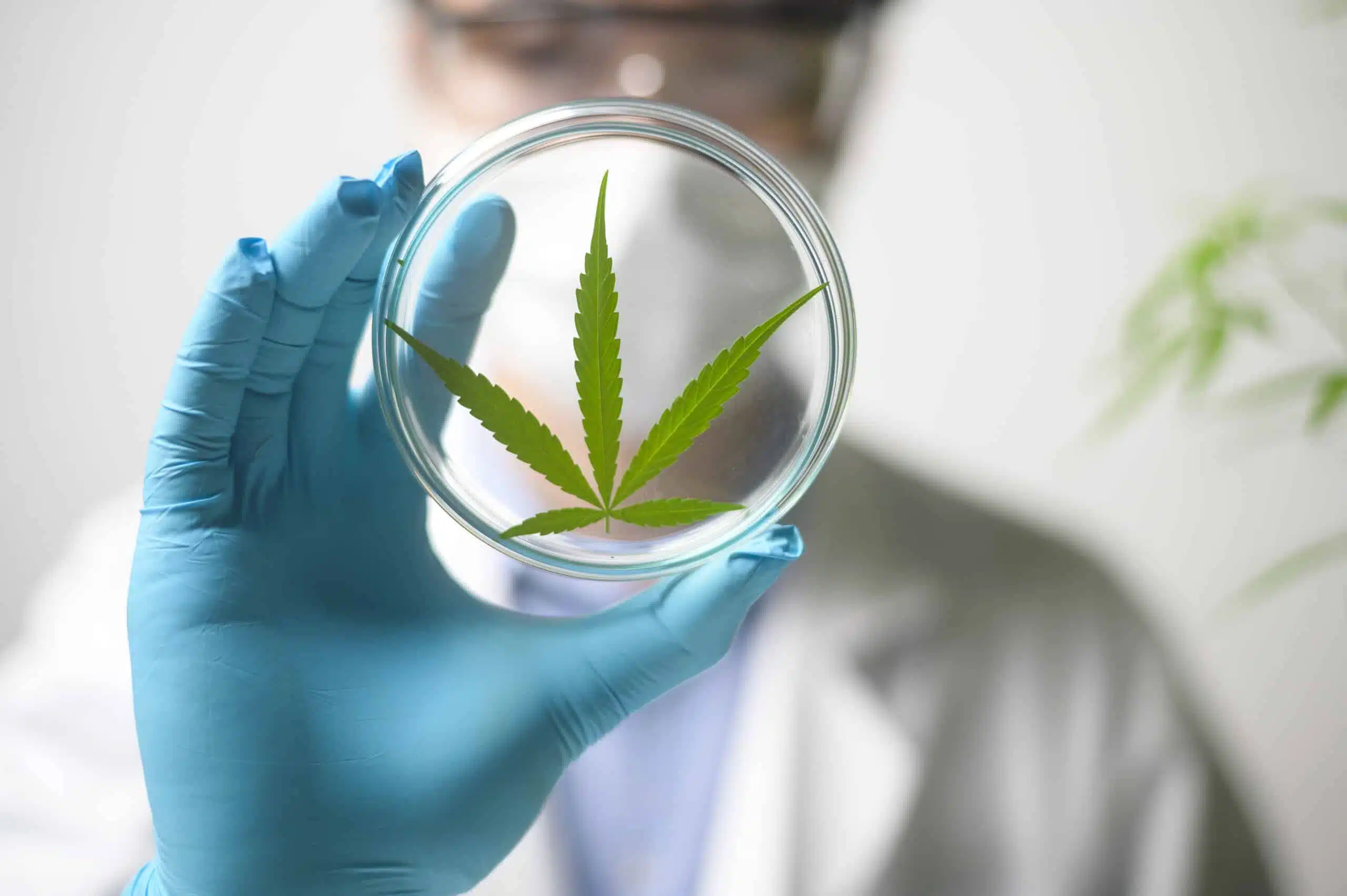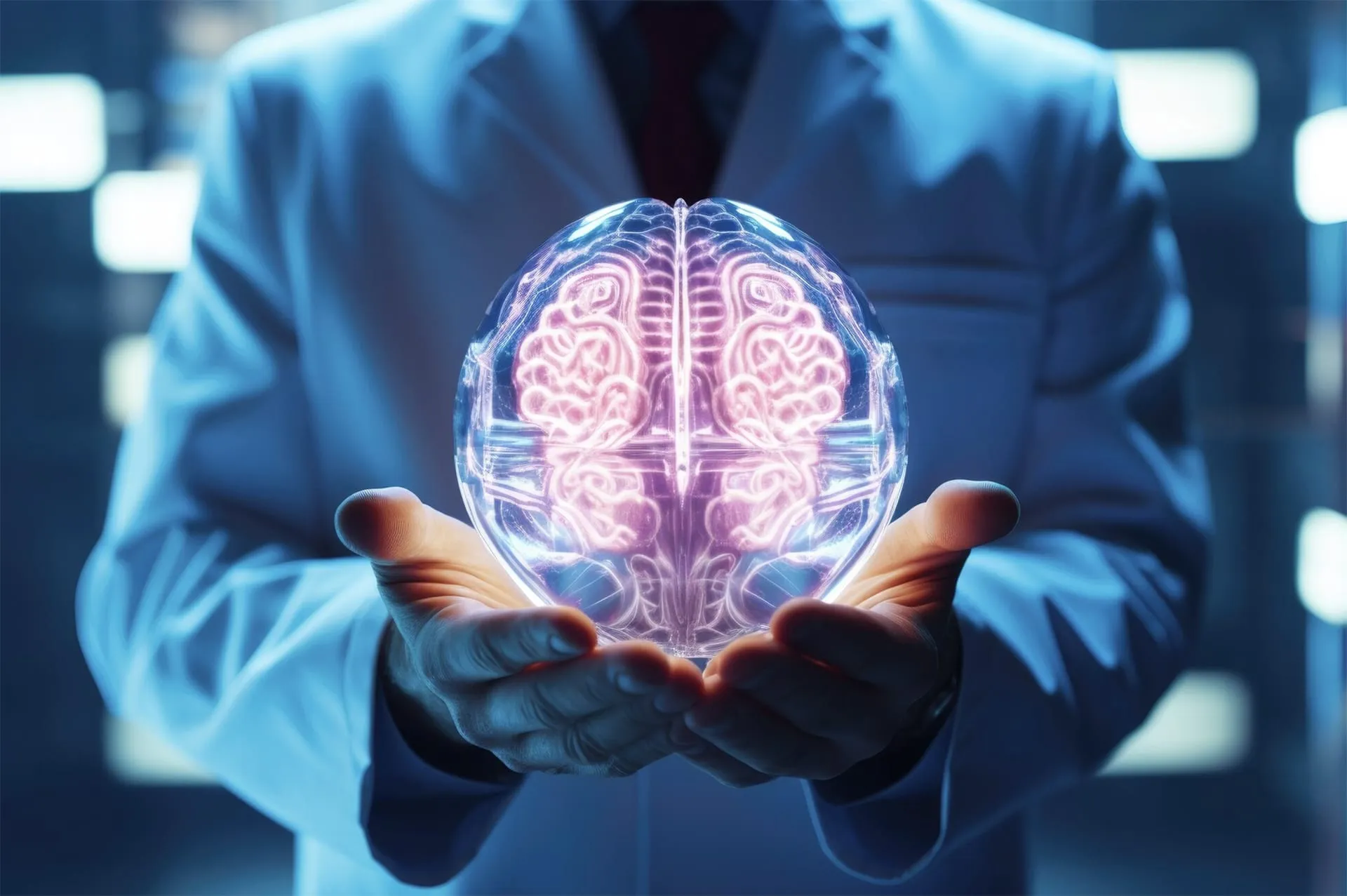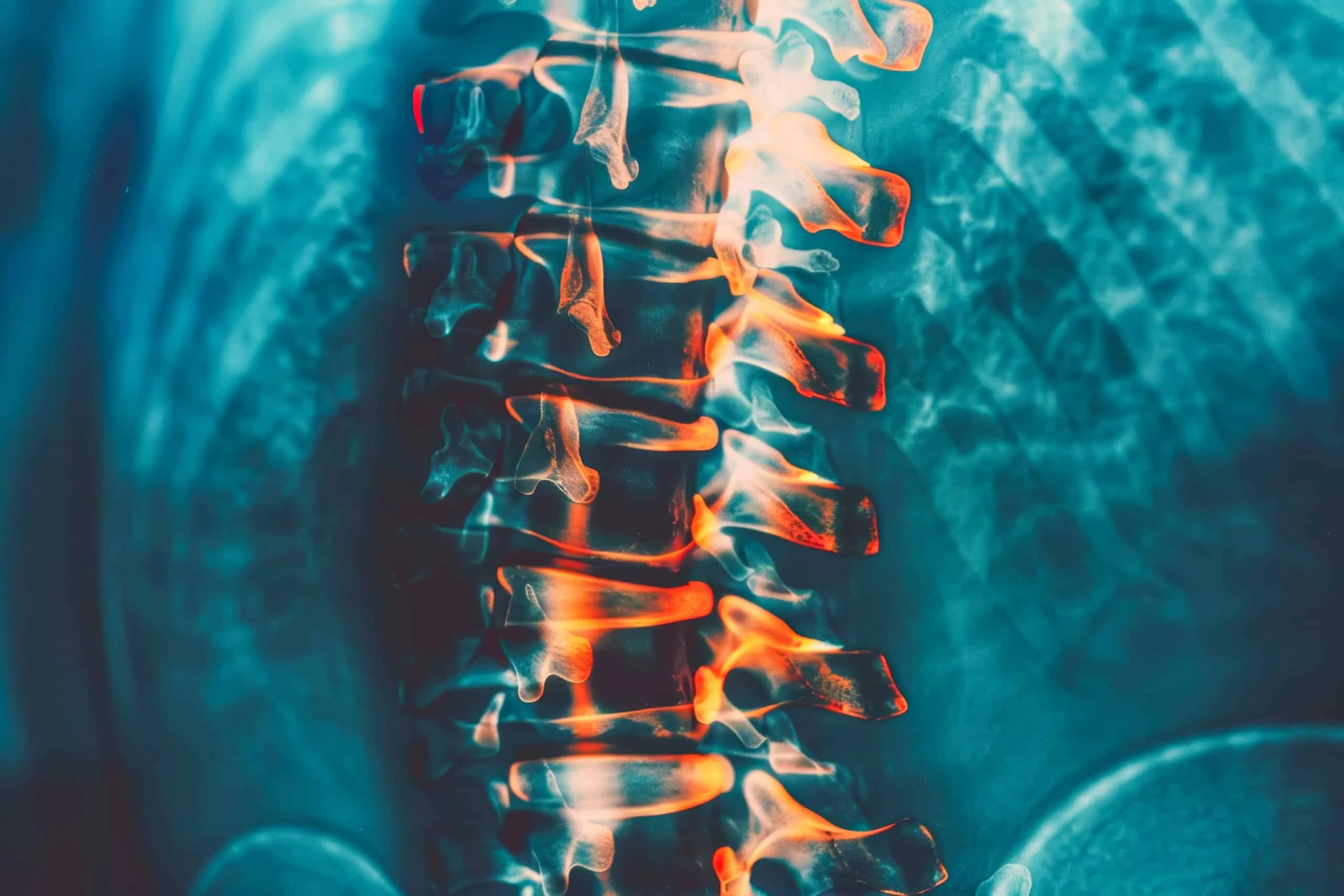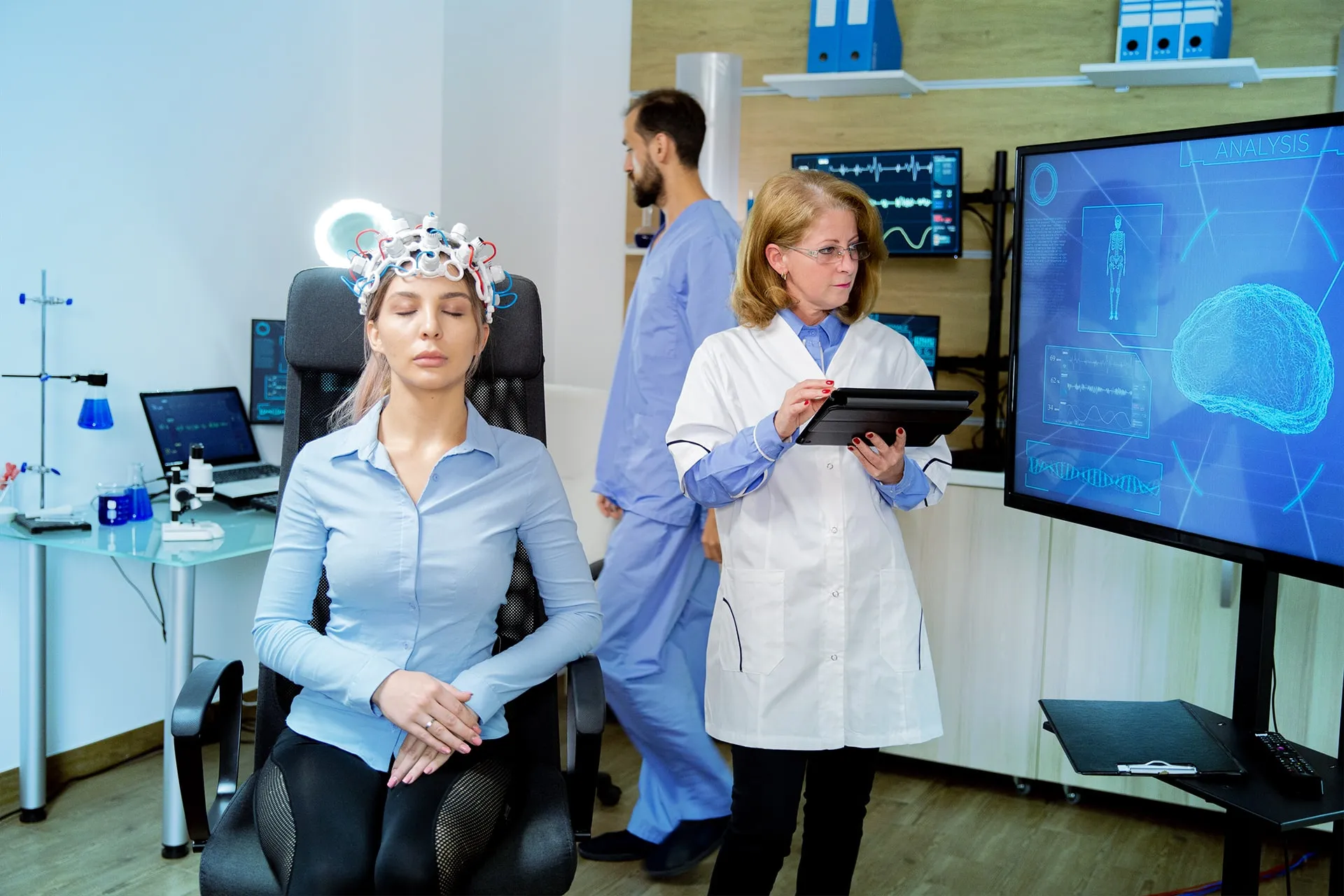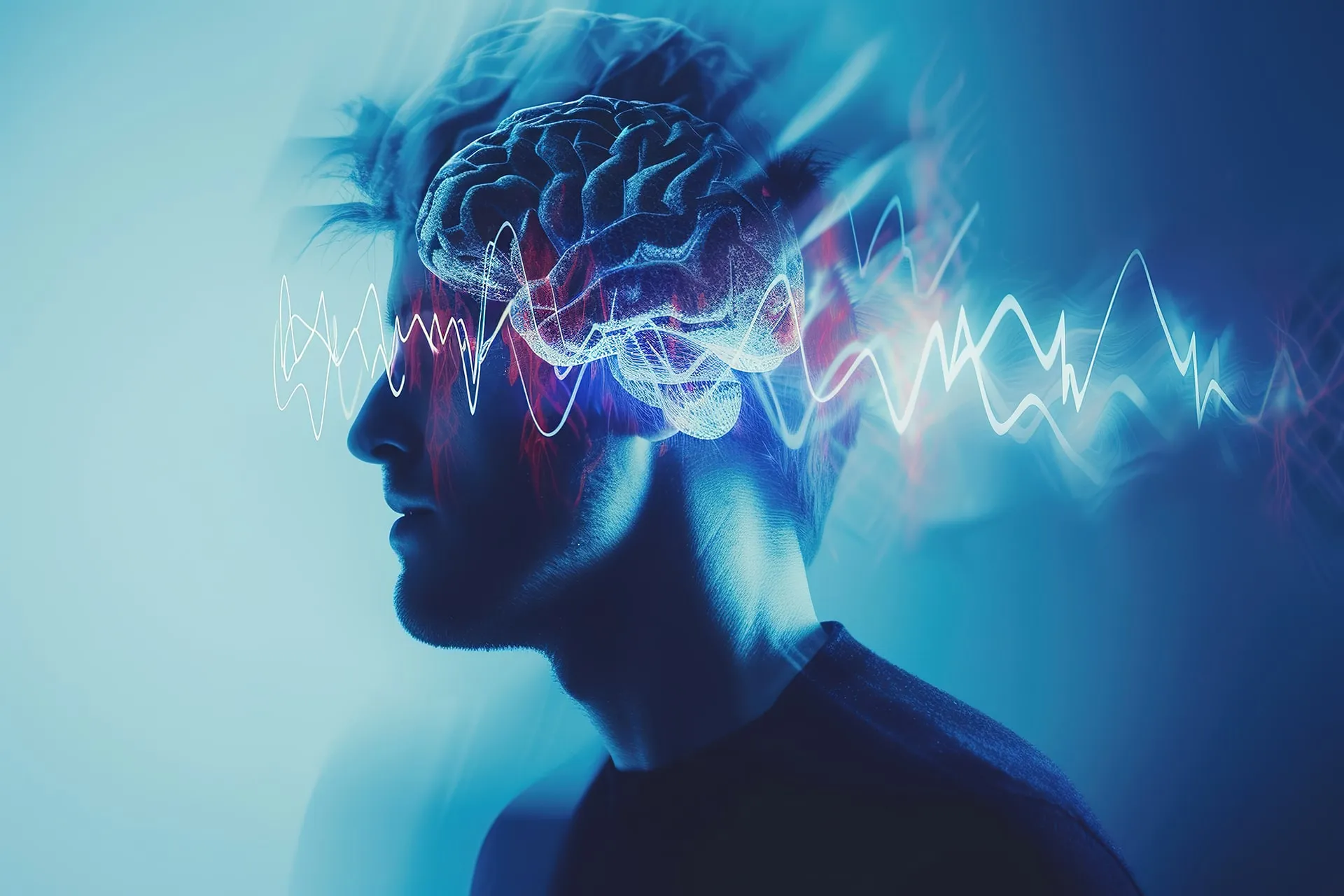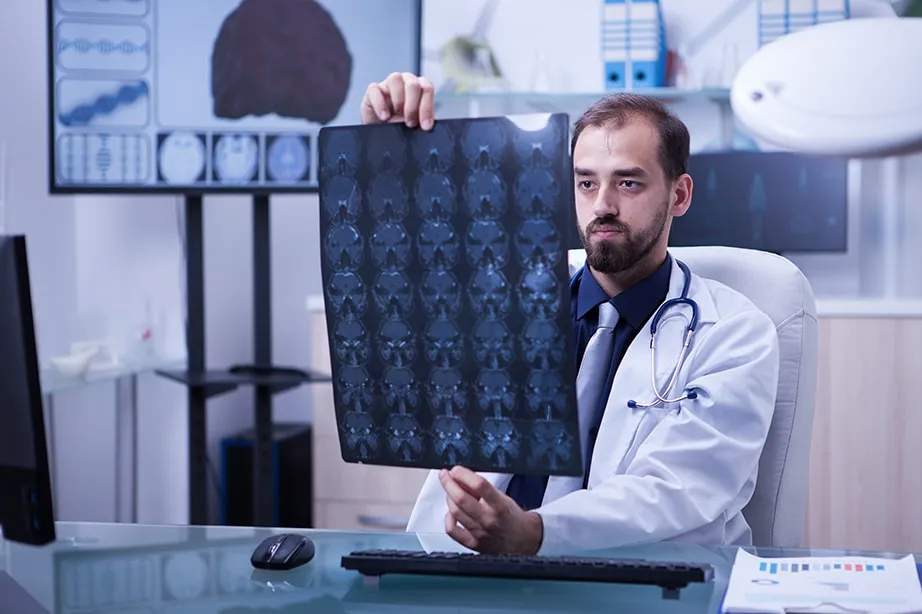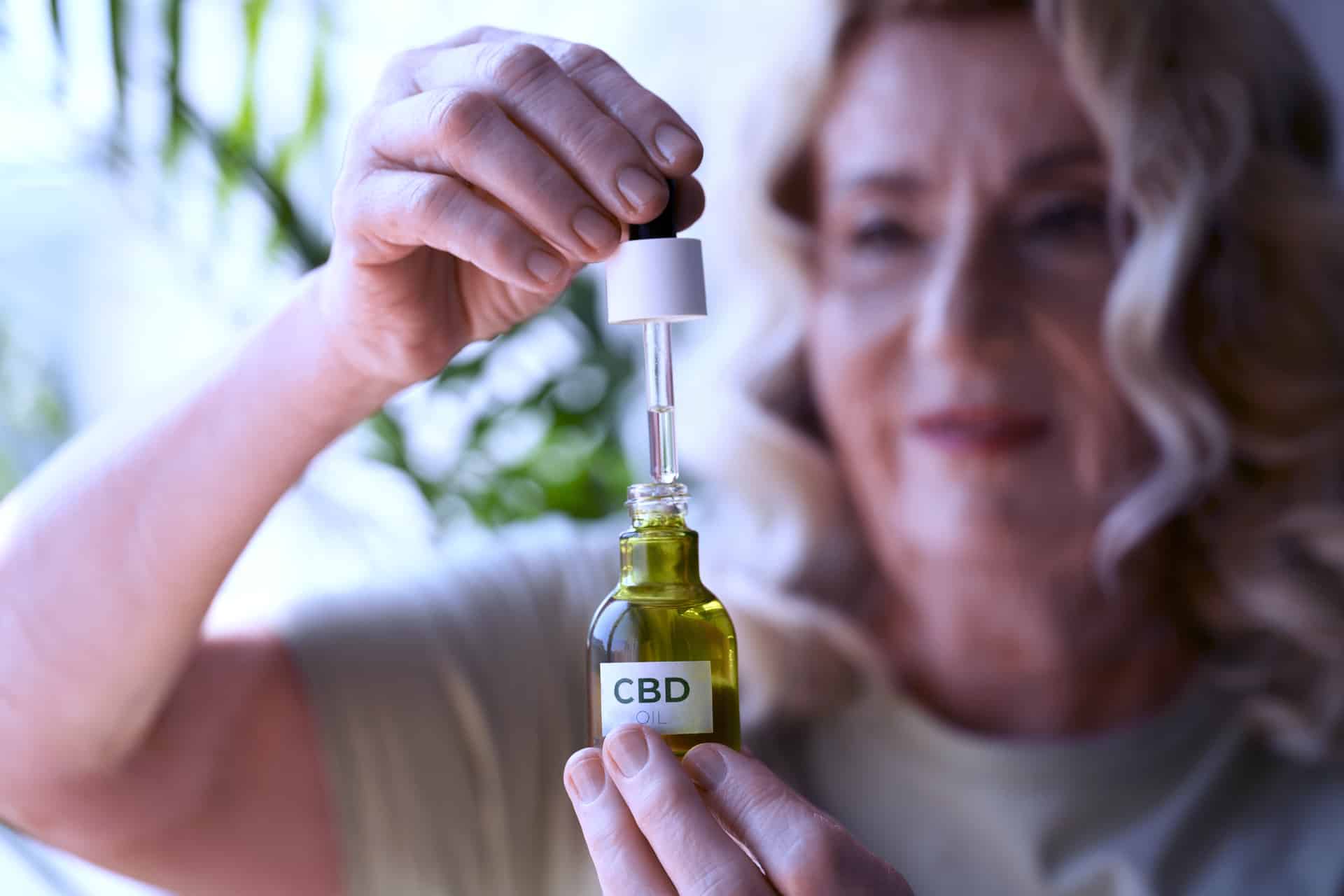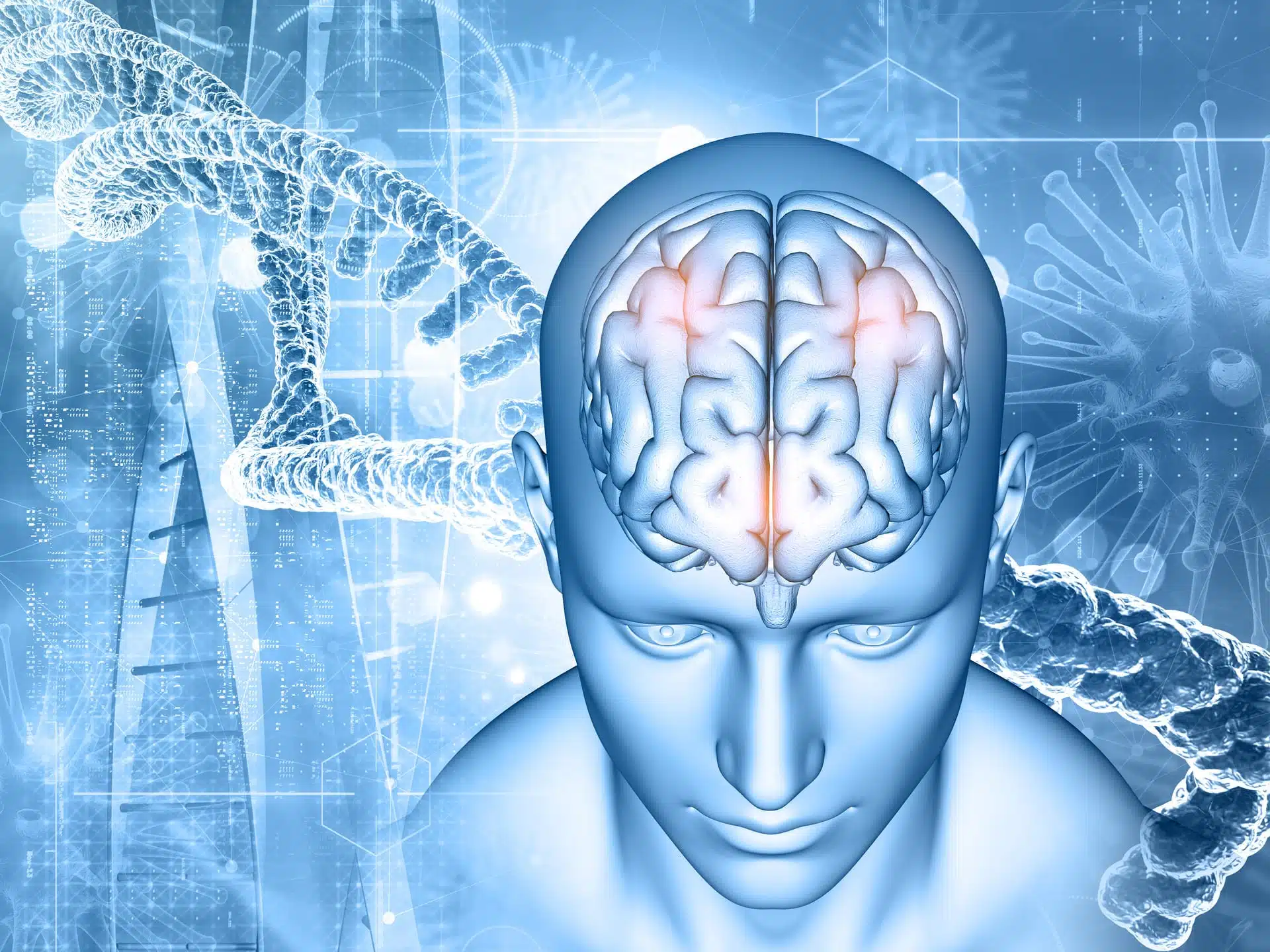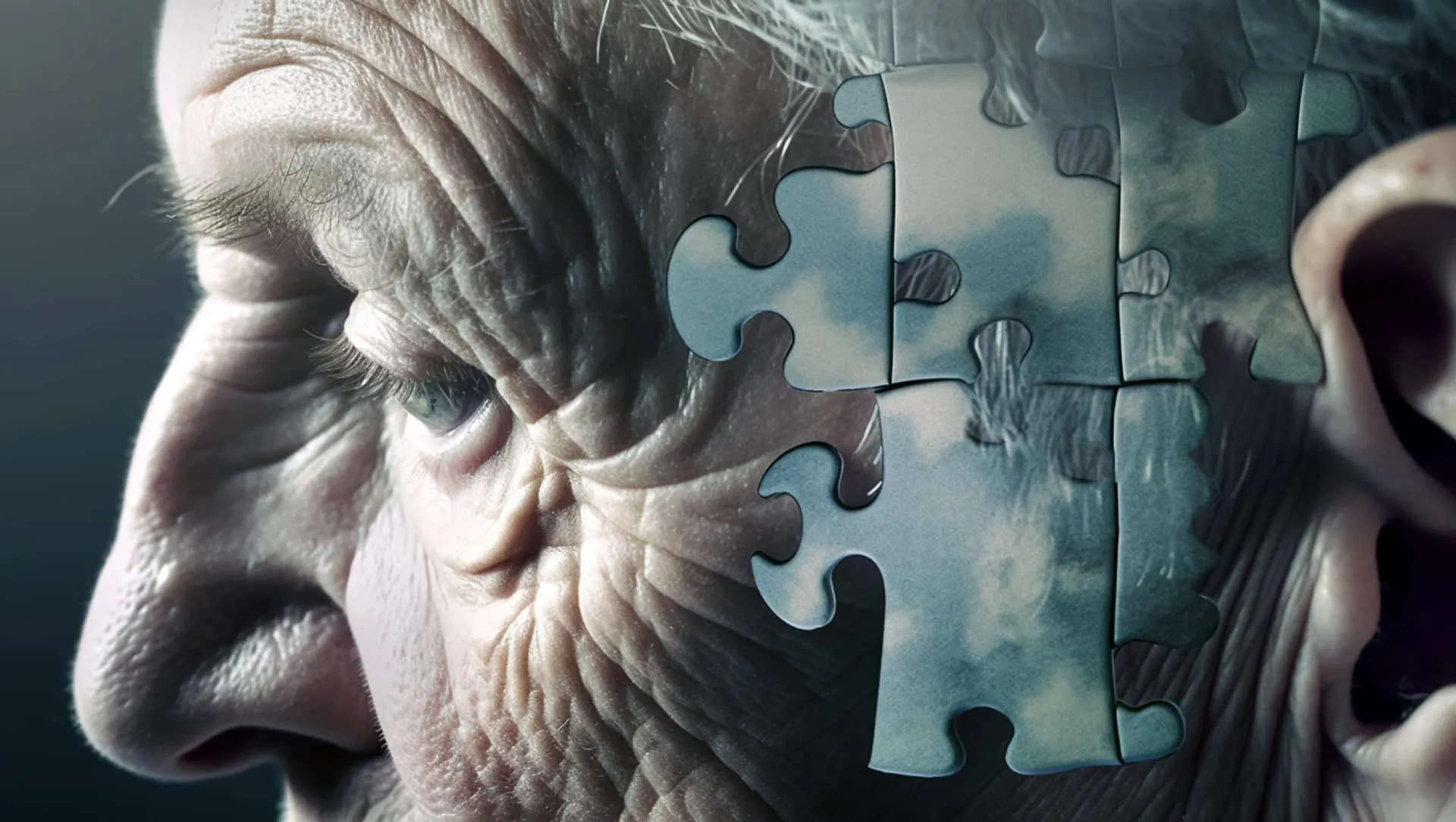Share
Migraine

Migraine is described as a complex disorder causing moderate to severe headaches, generally unilateral and associated with nausea and sensitivity to sound (phonophobia) and light (photophobia). Migraine is a prevalent source of disability and work absenteeism. Migraine attacks are recurrent brain events occurring over hours to days. The most frequent type of migraine, occurring in 75% of cases, is without aura. According to the Headache Classification Committee of the International Headache Society, migraines can be divided into the following subtypes:
- Migraine without aura is described as recurrent headache attacks lasting between 4 and 72 hours, usually presenting as a unilateral, pulsating pain that is moderate to severe. It is worsened by physical activity and often accompanied by nausea, photophobia and phonophobia.
- A migraine with aura is described as a recurrent attack that lasts minutes, usually involving one or more of the following unilateral symptoms: visual disturbances, sensory changes, speech and language disruptions, motor issues, and retinal symptoms. These are usually followed by headaches and other migraine symptoms.
- Chronic migraine is characterized by headaches occurring on 15 or more days per month for over three months, with migraine features present on at least eight of those days.
There are some complications of migraine:
Status migrainosus is a debilitating migraine attack that persists for more than 72 hours. Some people suffering with status maigrainosus need hospitalization due to severe pain.
Persistent aura without infarction refers to an aura lasting for over a week without signs of bleeding on neuroimaging.
Migrainous infarction involves one or more aura symptoms accompanied by brain ischemia visible on neuroimaging during a typical migraine attack.
Migraine aura-triggered seizure occurs during a migraine with aura, triggering a seizure.
A probable migraine is a symptomatic migraine attack missing one of the criteria for a specific migraine type and not meeting the criteria for another type of headache.
There are some episodic disorders that may be linked to migraine, such as recurrent gastrointestinal disturbances involving repeated abdominal pain, discomfort, nausea, and vomiting. Additionally, benign paroxysmal vertigo (recurrent episodes of vertigo) and benign paroxysmal torticollis (involves recurrent episodes of head tilt to one side) may be associated with migraine. 1
Migraines can be inherited from parents, there is a 40% probability of suffering from migraines if one parent has migraines. The probability increases to 75% in case the two parents suffer from migraines.2
Treatment for mild to moderate migraines includes analgesic drugs and anti-emetic medication to relieve nausea and vomiting. Triptans can be used in patients with moderate to severe migraines. Anticonvulsant medications have been demonstrated as a preventive therapy for migraines. 2
Cannabis and migraine pharmacokinetics and symptoms

Cannabinoid treatment for migraines has been proposed due to their known anticonvulsant, analgesic, anti-emetic, and anti-inflammatory properties, making them promising compounds for the treatment or prevention of migraines.2
One report demonstrated a positive effect of medical cannabis on migraines; migraine patients taking medical cannabis reported a decrease in the number of migraine attacks per month. However, this study did not document the dose and type of cannabis used. To the best of our knowledge, there are no reports specifying the medical cannabis doses, types of cannabinoids, and routes of administration in migraine patients.3
Evidence
https://www.frontiersin.org/journals/pharmacology/articles/10.3389/fphar.2018.00420/full
https://accpjournals.onlinelibrary.wiley.com/doi/10.1002/phar.1673
Clinical trials
| Study Title | Study URL | Study Status | Study Results | Conditions |
| Cannabis for Chronic Headaches in Adolescents: the CAN-CHA Trial | https://clinicaltrials.gov/study/NCT05337033 | RECRUITING | NO | Chronic Migraine |
| Efficacy of Inhaled Cannabis for Acute Migraine Treatment | https://clinicaltrials.gov/study/NCT04360044 | COMPLETED | NO | Migraine|Cannabis|THC|CBD |
| Cannabis for the Prophylactic Treatment of Migraine | https://clinicaltrials.gov/study/NCT03972124 | NOT_YET_RECRUITING | NO | Chronic Migraine |
Common Cannabis Treatments
The administration of cannabis to prevent or treat migraines is not well-documented yet. However, migraine management currently includes analgesics and anticonvulsants, which are known activities of cannabis. The use of cannabis might have a positive effect in reducing migraines. Nevertheless, more studies should be performed to assess the effect of medical cannabis on migraines.
References
- https://pubmed.ncbi.nlm.nih.gov/32809622/
- https://pubmed.ncbi.nlm.nih.gov/28384749/
- https://www.frontiersin.org/journals/pharmacology/articles/10.3389/fphar.2018.00420/full
4 https://accpjournals.onlinelibrary.wiley.com/doi/10.1002/phar.1673

